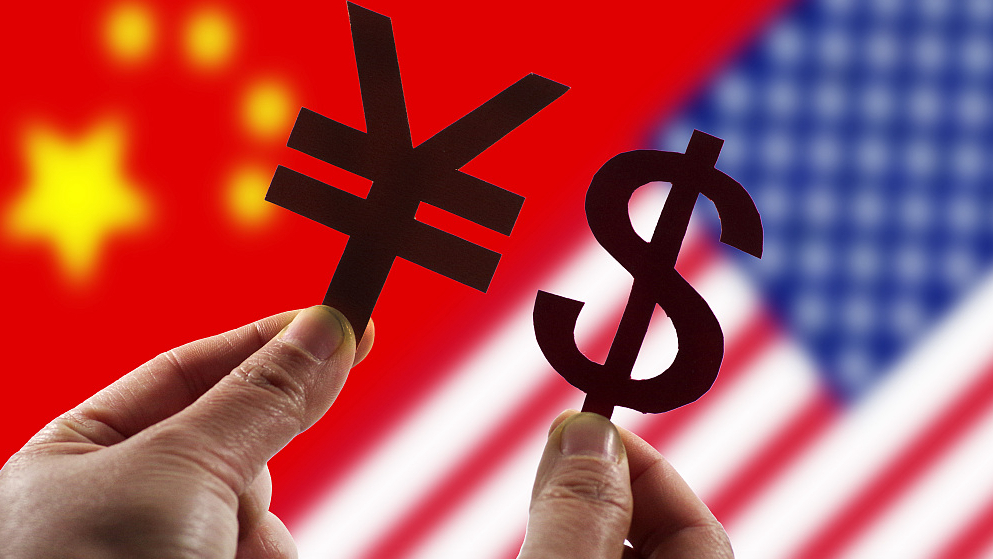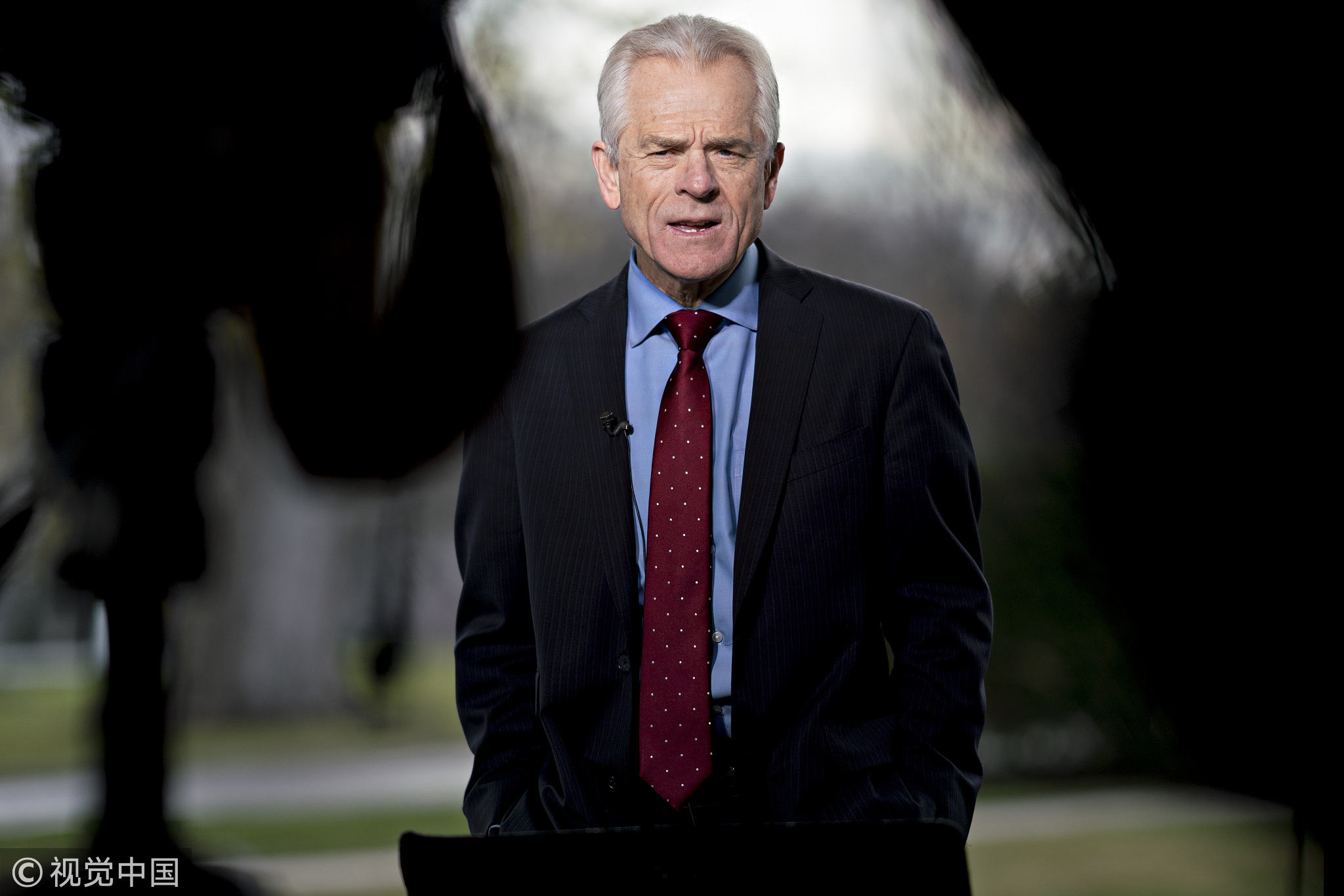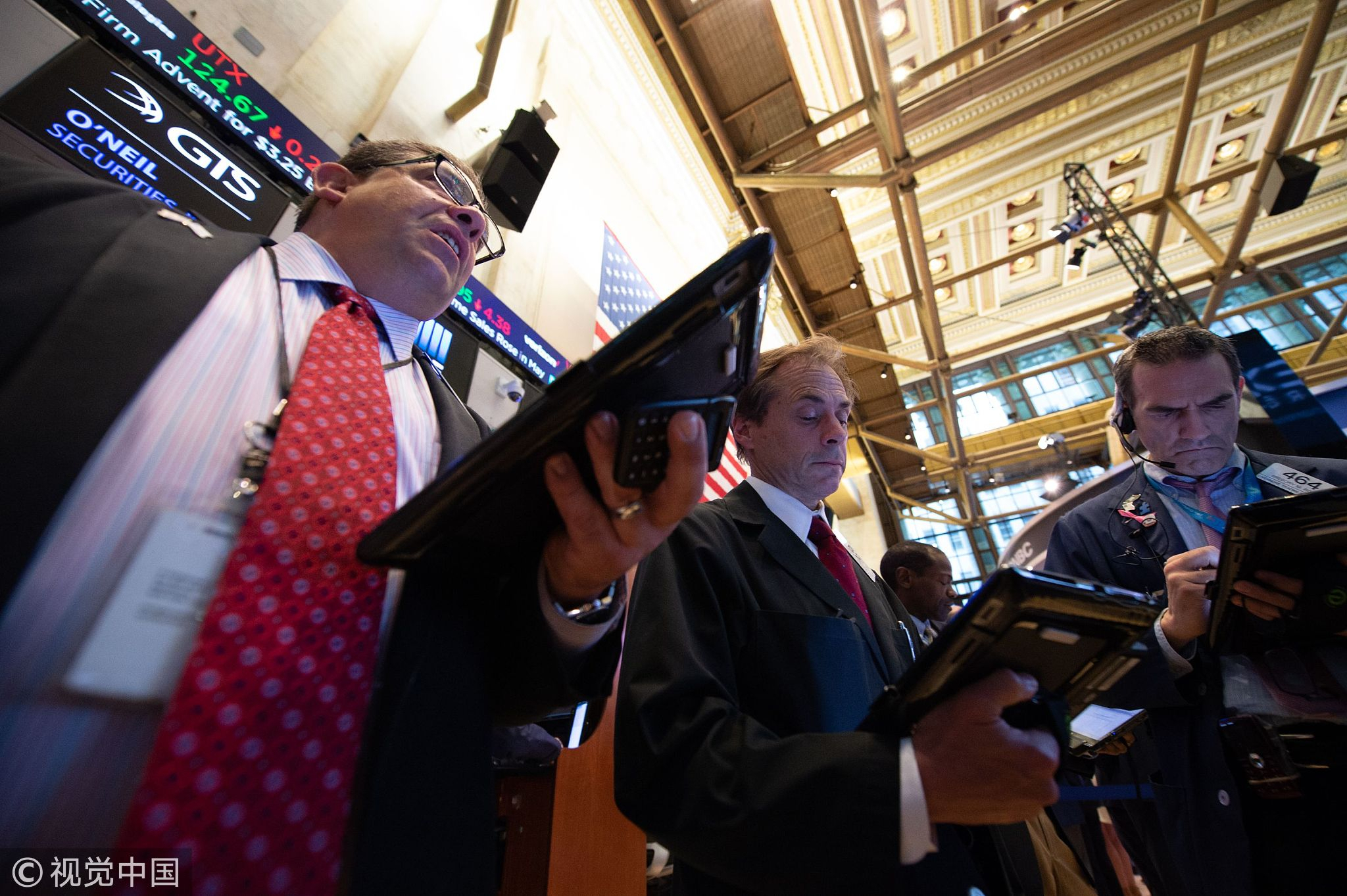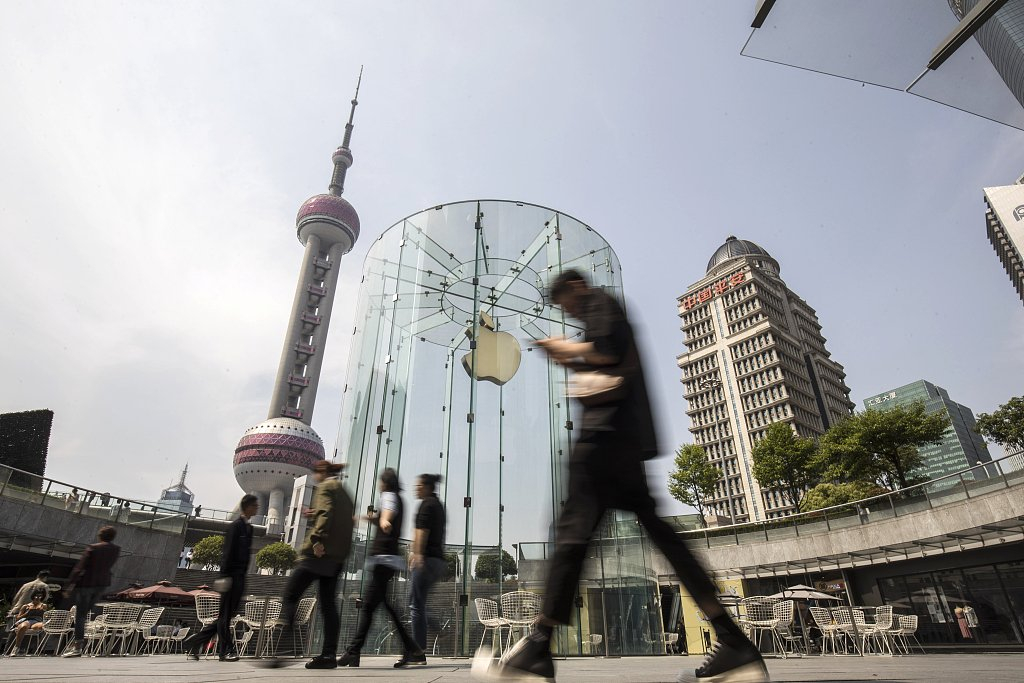
Opinion
10:47, 07-Jun-2019
Myths and facts about China-U.S. trade friction
Updated
12:05, 07-Jun-2019

Editor's note: This is an edited translation from an editorial initially published on Qiushi in Chinese on June 5. The article reflects the author's opinion, and not necessarily the views of CGTN.
One of the most preposterous reasons for U.S. politicians to provoke the economic and trade frictions with China is that they believe the U.S. has been "taken advantage of" in the China-U.S. economic and trade relations, and China has benefited disproportionately from it.
For example, the alarmist Peter Navarro, an important White House trade policy adviser, described China as "the planet's most efficient assassin," accused China of "economic aggression" and called on the American people to refuse to buy goods made in China.
Such biased and hostile views are the product of the typical thinking paradigm of "zero-sum game."
Is the China-U.S. economic and trade relationship a zero-sum game or mutually beneficial cooperation? The answer is very clear both in theory and in practice.

Peter Navarro, director of the White House National Trade Council, speaks during a Bloomberg Television interview outside of the White House in Washington, DC, U.S., March 28, 2018. /VCG Photo
Peter Navarro, director of the White House National Trade Council, speaks during a Bloomberg Television interview outside of the White House in Washington, DC, U.S., March 28, 2018. /VCG Photo
International trade is conducive to the optimal allocation of resources in the world, promoting the common economic development of all countries, and driving the common progress of human society.
The basic principles of international economics can't be clearer about this. More convincingly, this theory has also been vindicated by the results of China-U.S. economic and trade cooperation. Since the establishment of diplomatic ties between the two countries, the bilateral trade volume in goods increased by 252 times from less than 2.5 billion U.S. dollars to 633.5 billion U.S. dollars from 1979 to 2018.
Especially during the 10 years from 2009 to 2018, the U.S. export of goods to China increased by 73.2 percent, higher than the U.S. average export increase of 56.9 percent to the rest of the world. During this period, U.S. exports to China supported more than 1.1 million U.S. jobs. The trade in services between China and the U.S. has been booming and highly complementary. It increased by 3.6 times from 27.4 billion U.S. dollars in 2006 to 125.3 billion U.S. dollars in 2018.
China's service trade deficit to the U.S. reached 48.5 billion U.S. dollars in 2018. In the area of bidirectional investment between China and the U.S., over the past 40 years, it has gone from almost zero to a total of nearly 160 billion U.S. dollars. China and the U.S. are important investment partners, and the bidirectional and reciprocal nature of the investment has become more prominent.
In 2017, U.S.-funded enterprises had an annual sales revenue of 700 billion U.S. dollars in China and a profit of over 50 billion U.S. dollars.

China-made jackets at a Manhattan department store in New York City, U.S., May 7, 2019. /VCG Photo
China-made jackets at a Manhattan department store in New York City, U.S., May 7, 2019. /VCG Photo
The development history of China-U.S. economic and trade relations has proved that China and the U.S. have successfully promoted their respective economy and upgraded industrial structures by harnessing complementary advantages and exchanging needed goods and services. The economic and trade exchanges between the two countries are mutually beneficial rather than China taking advantage of the United States.
Furthermore, international trade will enhance the interests of all participating countries, but the distribution of such benefits may be uneven. In the international market, the value of commodities is based on the necessary labor worldwide.
As commodities are exchanged according to their international value, the party with higher labor productivity has greater advantages in such an exchange and will reap more benefits. Countries can exchange continuously or on an increasingly large scale. However, they may not enjoy equal benefits, because the labor of three working days in one country may be exchanged with the labor of only one working day in another country.
Generally speaking, U.S. enterprises have higher productivity and occupy a higher position in the global value chain.
Today, according to some scholars, for every iPhone sold, Apple can take nearly 60 percent of the profit, while only 1.8 percent of the profit goes to Chinese manufacturers. For a long time, since the U.S. has a monopoly in terms of currency, technology, market, and even industry standards, it can obtain monopoly profits far higher than the normal profit level in international trade. U.S. enterprises and families have also fully enjoyed and benefited from a rich variety of cheap and high-quality products from developing countries like China.

Traders work on the floor at the closing bell of the Dow Industrial Average at the New York Stock Exchange, June 25, 2018. /VCG Photo
Traders work on the floor at the closing bell of the Dow Industrial Average at the New York Stock Exchange, June 25, 2018. /VCG Photo
While making a bigger "cake" through China-U.S. trade, the U.S. apparently got a larger share of the value increment. Therefore, it's totally untrue to say that the U.S. has been ripped off.
In face with such simple truth and obvious facts, why do some U.S. politicians insist that their country has been "taken advantage of" in China-U.S. trade and believe that China is a threat to the U.S. economic security? The answer is the hegemonic thinking paradigm of "zero-sum game." Under such thinking paradigm, China's gain in any area will be regarded as the "loss" of the United States, and China's catching up or even surpassing the U.S. in any area will be regarded as a "threat."
Especially in recent years, with the rapid development, China is on its way to be on par with the U.S. in terms of total economic volume and start to compete with the U.S. in some areas. However, with a population of nearly 1.4 billion and a growing economy, isn't it normal? Are the U.S. politicians really ignorant of how far China's per capita GDP is lagging behind the U.S.?
Besides, where there is a market, there is competition.

An Apple store in Shanghai, China, May 9, 2019. /VCG Photo
An Apple store in Shanghai, China, May 9, 2019. /VCG Photo
Competition is the driving force of a market economy. It's normal to have competition. However, under the thinking paradigm of "zero-sum game," some politicians, as representatives of the U.S. monopoly capital, felt threatened and threw out the preposterous theory of the U.S. being "ripped off."
In their mind, they can only be happy by consigning China to a subordinate position, keeping it at the low end of the supply chain, "beating China back," depriving China of its capacity of indigenous growth and competition on an equal footing, so as to enable the U.S. to maintain its dominant position in China-U.S. trade and enjoy monopoly profits forever.
As a matter of fact, the benefits of China-U.S. economic and trade cooperation far outweigh the differences. Cooperation is the only right choice for both sides, which is not only beneficial to the two countries and their peoples but also conducive to world peace and prosperity.
Only when the U.S. government begins to look at China-U.S. economic and trade relations rationally and abandons the outdated hegemonism and the thinking paradigm of "zero-sum game" can the two countries achieve maximum development momentum along the path of mutually beneficial cooperation.
(If you want to contribute and have specific expertise, please contact us at opinions@cgtn.com.)

SITEMAP
Copyright © 2018 CGTN. Beijing ICP prepared NO.16065310-3
Copyright © 2018 CGTN. Beijing ICP prepared NO.16065310-3